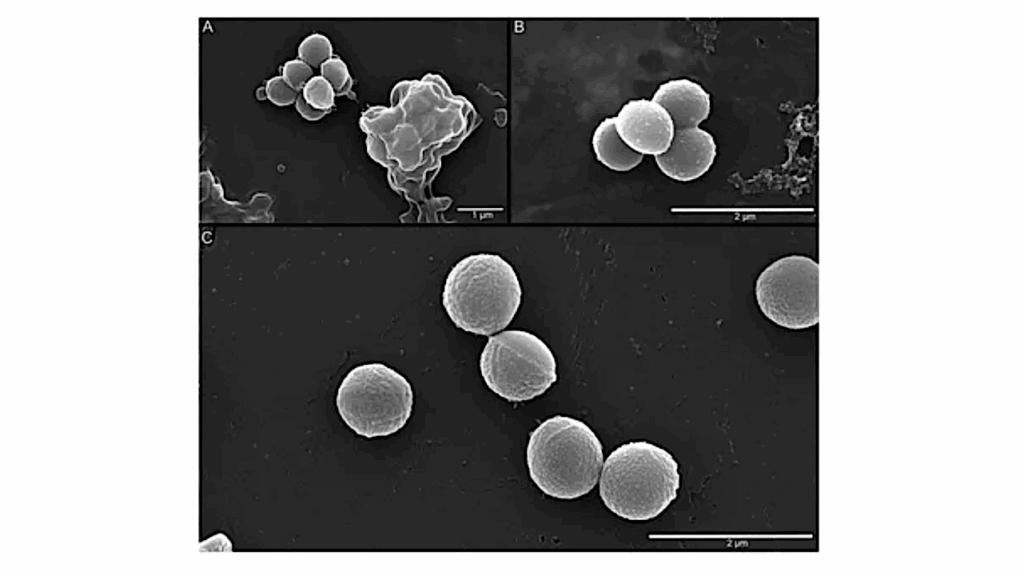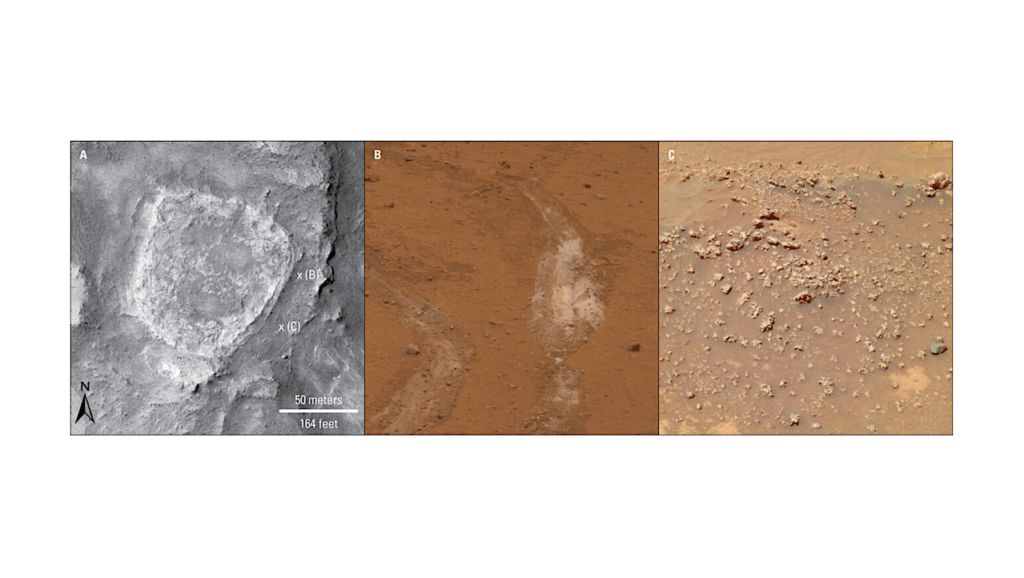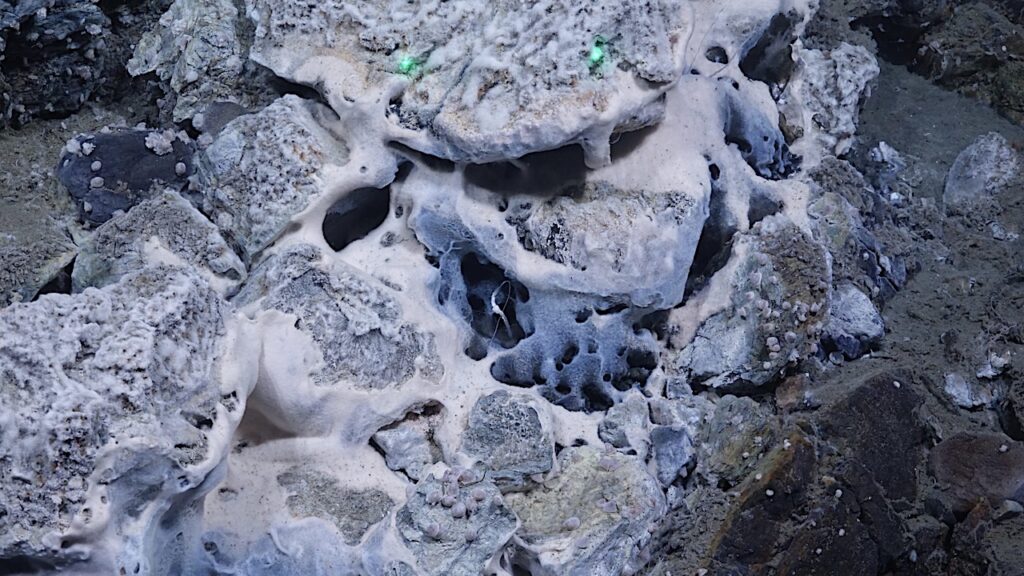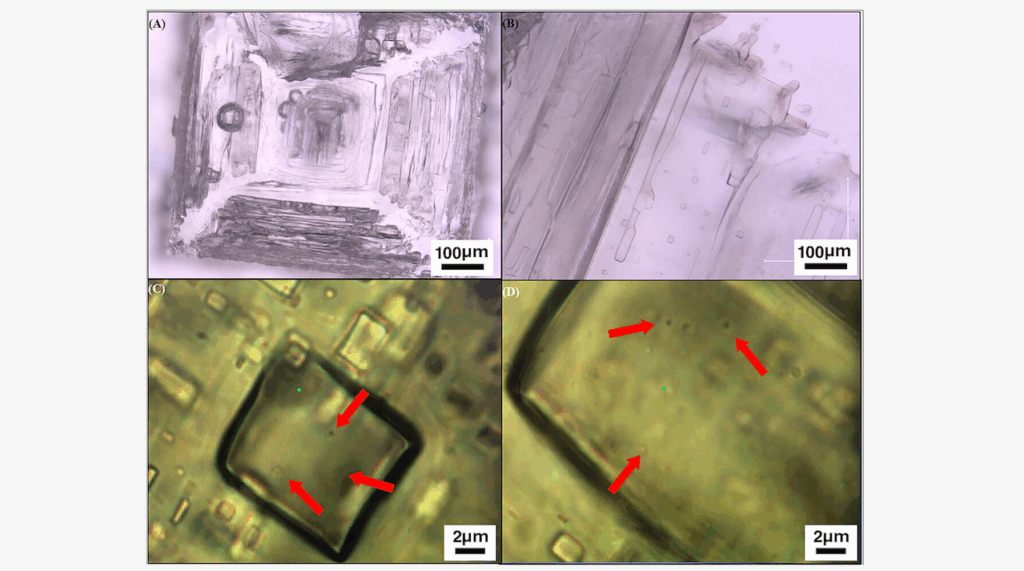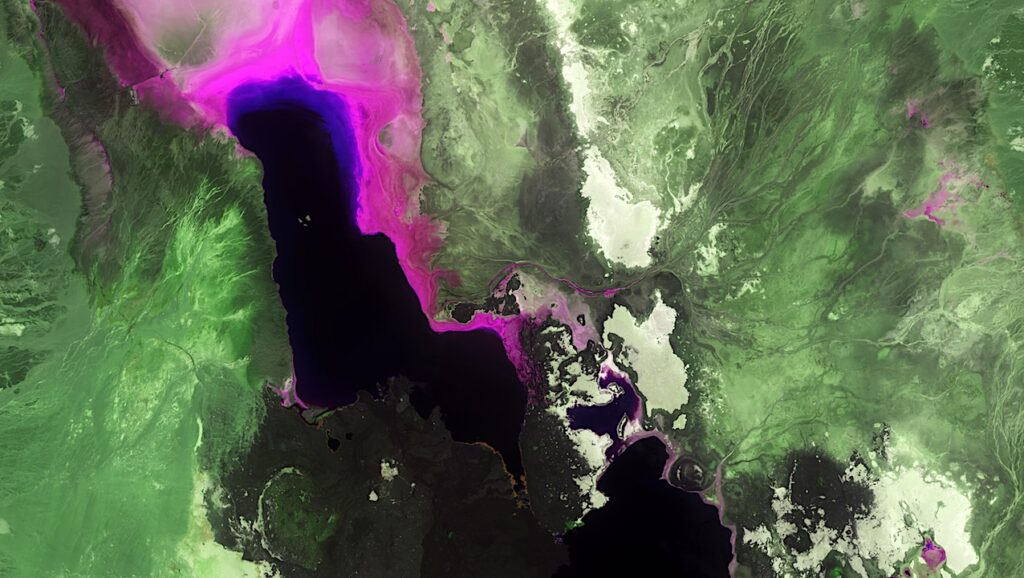Astrobiologist Dale Andersen’s Antarctic Field Report: Preview: 2026 Lake Untersee Field Season
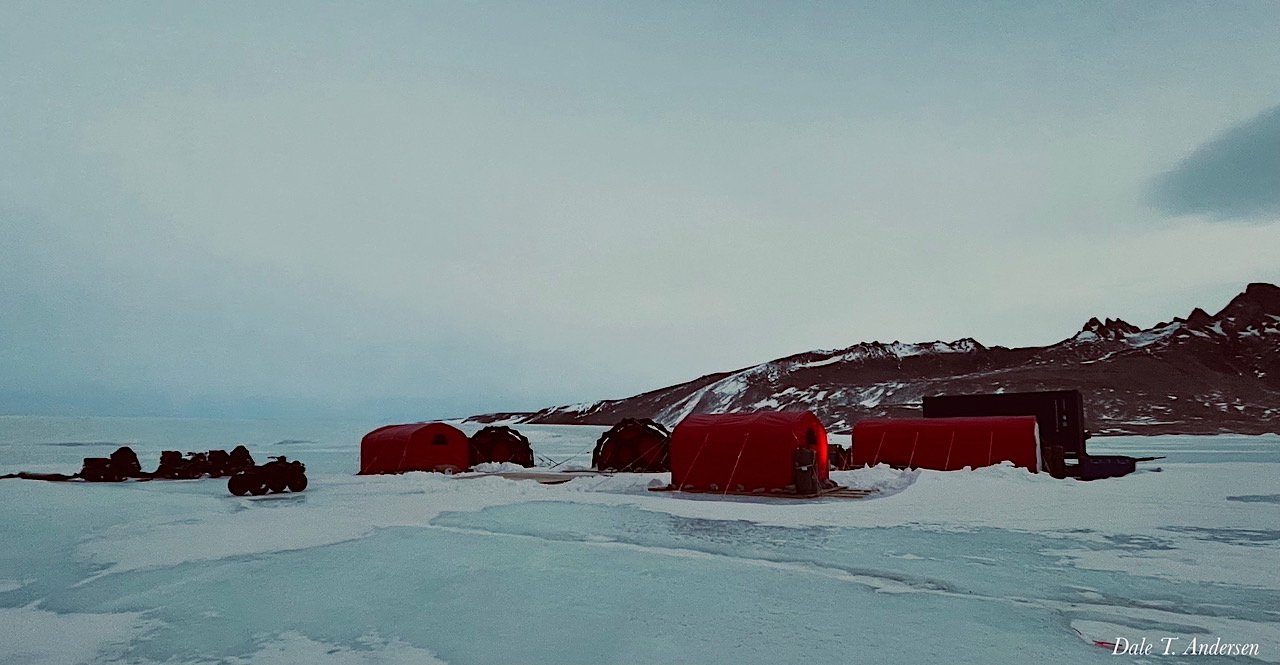
Keith’s note: Astrobiologist Dale Andersen will be back in Antarctica at Lake Untersee from early January through the end of February 2026 for another field season of research, leading an international field team of graduate students and scientists from the United States, Canada, and Austria. His work is coordinated through the Carl Sagan Center within the SETI Institute, and we will be posting their updates here.
Dale and I first met in 1987 at the old NASA Headquarters Life Science Division, and we have been doing this kind of research reporting together ever since. You can read his previous field research reports, going back to 1996, here.
We are both Fellow Members of The Explorers Club, which earlier this year honored Dale with the prestigious Explorers Club Finn Ronne Memorial Award. As The Explorers Club put it: “Andersen’s work continues to inspire exploration, advancing public understanding of planetary science and the resilience of life.”
Join us as we follow Dale back to Lake Untersee in Antarctica and explore, virtually, the hidden world beneath its thick ice. There, a microbial ecosystem dominated by cyanobacteria offers a window into Earth’s earliest biosphere. Research in this extreme environment helps us think more about what life we might find on Mars and other icy worlds. These remote expeditionary activities in a harsh environment are directly relevant to the off-world exploration that Artemis crews will conduct on the Moon – and beyond.
To set the stage, watch this short film Dale made, “Whispers Beneath the Ice: Discovering the Hidden Life of Lake Untersee.” It offers a first look at this stark, beautiful place – and a hint of the discoveries that may lie ahead. Watch in 4K with the sound up.
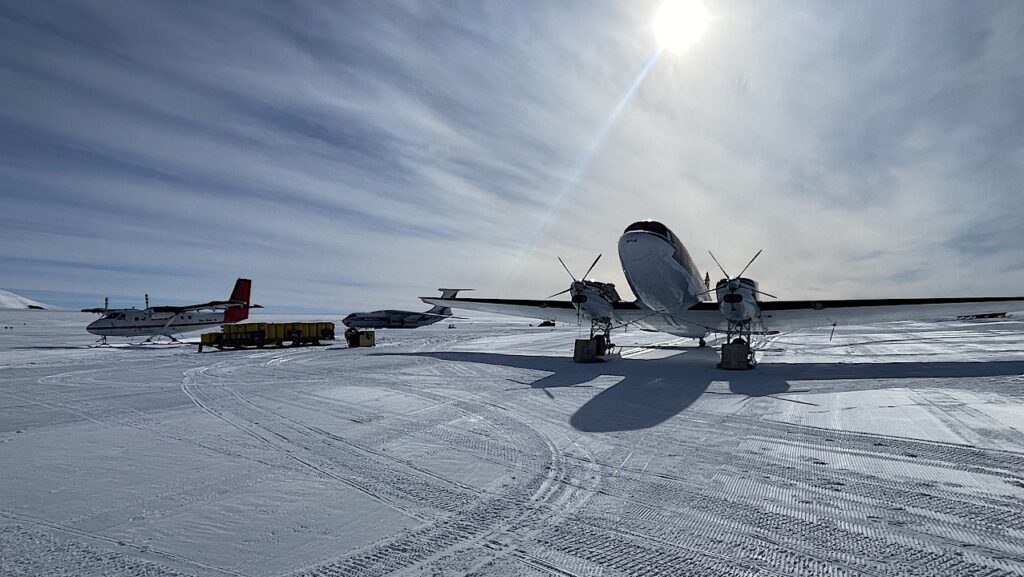
Field Season 2026
As in past years, Dale and his team will route through Cape Town, South Africa, before heading south. The plan is to arrive in Cape Town in the first few days of January 2026, depart for Antarctica around 6 January, and return from the ice at the end of February.
They will begin their expedition at the Novo Airbase (approximately 70.823° S, 11.641° E), operated by Ultima Antarctic Logistics out of Cape Town. Their closest neighbors on the ice are the nearby research stations at Schirmacher Oasis: Maitri, managed by India’s National Centre for Polar and Ocean Research, and Novolazarevskaya, (‘Novo Station’) operated by the Russian Antarctic Expedition.
You can see what conditions are like on the ice runway at Novo via this webcam operated by Ultima Antarctic Logistics. On many days you will see low clouds, flat light, and windy conditions – not a lot of contrast or detail. The camera view looks west. Most flights arrive from an approach from the west, landing into prevailing winds from the east. As conditions change, you may see the big IL-76 on the apron. Sometimes the wings of Ken Borek Basler transports (rebuilt/modified DC-3s) and Twin Otters appear in the frame as well.
If you check the location of the Novo Airbase on FlightRadar24, you can see the runway QAO/AT17. Depending on when you look, you may catch aircraft arriving or departing, along with other flights in the region – some research, some sightseeing. You can also see what is happening on the Novo Station runway via this webcam which updates every 10 minutes.
Once Dale and his team have loaded their small convoy of snowmobiles and tractors with gear, they turn south toward their destination: Lake Untersee.
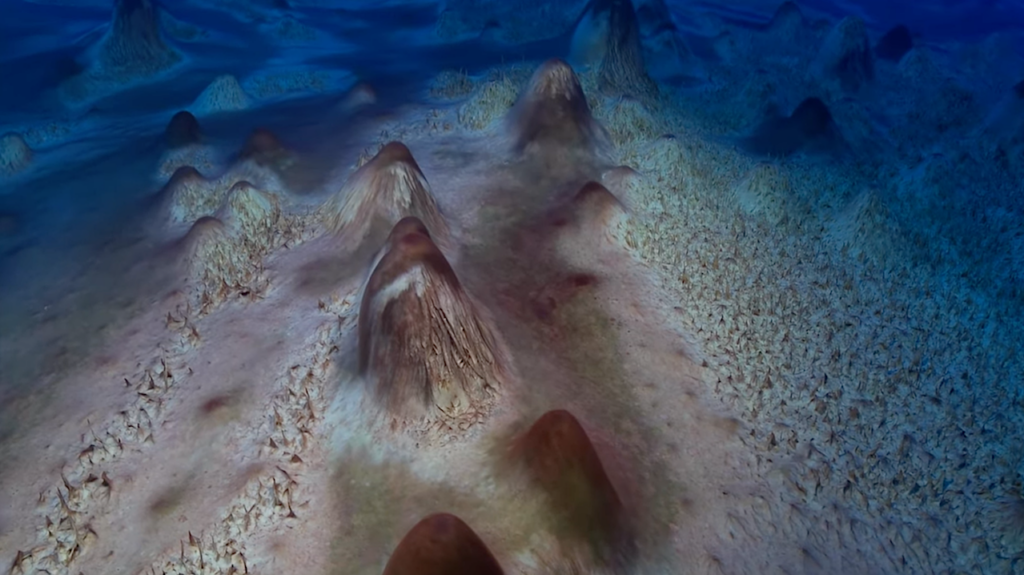
Lake Untersee – by Dale Andersen
Lake Untersee (71.342° S, 13.473° E): It’s a place few people have seen or even imagined, and distant from familiar, everyday surroundings. The weather can be as harsh as the terrain at times, with winds and blinding snow reaching 110 mph.
For four months the darkness is company only to the sounds of cracking ice and the ever-present howling of the winds. The surrounding mountains rise up majestically to soaring, pinnacled peaks, blocking the passage of the continental ice that surrounds them. The gentle slope of the Anuchin Glacier flows in from the north, halting at its edge. Lake Untersee, within the mountains of Queen Maud Land, is a world that resembles Earth’s earliest biosphere – one dominated by microbial life forming the same fabrics and structures that we see preserved in sediments dating back 3.45 billion years.
Beneath the thick perennial ice cover are cyanobacterial mats growing undisturbed as they did billions of years ago – it’s like a postcard from the past; one that can help us understand how those early ecosystems thrived on a planet with an atmosphere nearly devoid of oxygen.
Yet these cyanobacteria unlocked new secrets for life—they learned to harness sunlight, splitting water to release electrons and hydrogen, which they combined with carbon dioxide from the air to weave complex organic molecules. The oxygen, a mere metabolic leftover, drifted into the environment, unnoticed at first. In releasing oxygen, they ignited a quiet revolution that, over eons, transformed our planet into a world capable of sustaining complex, multicellular life.
Lake Untersee is a difficult place to live and work. But we are seeking new knowledge. Knowledge that will inform us about Earth’s past history and help us understand its future. Our research also helps guide the search for evidence of life on other distant worlds such as Mars or the outer moons of Jupiter or Saturn…or beyond.
Astrobiology, Exploration,


